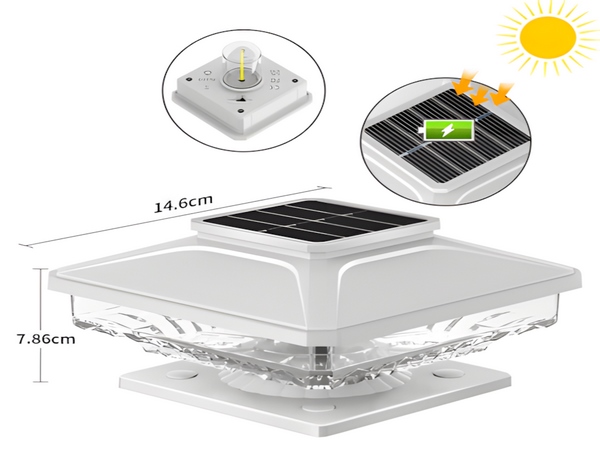
LED buried lights not illuminating is a common issue faced by many companies, individuals, and organizations, which is referred to in the industry as the “dead light phenomenon.” The possible reason for this could be inadequate heat dissipation for LED buried lights. Proper heat dissipation for LED buried lights is crucial, which many people may overlook, ultimately leading to the issue of dead lights. Let us discuss the heat dissipation circumstance of LED buried lights.
Previously, the heat dissipation issue of buried lights has often been neglected, resulting in poor lighting performance. This is because the light decay and lifespan of LED buried lights are directly related to junction temperature. If the heat dissipation is not managed well, the junction temperature will be high, thus shortening the lifespan of the buried lights. According to the Arrhenius equation, for every 10°C decrease in temperature, the lifespan can be extended by 2 times. If the junction temperature can be maintained at 65°C, the lifespan can reach up to 100,000 hours when light decay reaches 70%. This is the ideal lifespan that users wish for. To date, this requirement in the street lighting market and among street light manufacturers is still under development. However, as long as the heat dissipation issue is properly managed, it is possible to achieve it!

Modern technological advancements can help achieve effective heat dissipation for LED buried lights, leading to an ultra-long service life. This requirement has turned the lifespan of LED lights into a major factor affecting their performance, which in turn impacts user cost. Therefore, the key to improving the quality of LED buried lights is to ensure efficient heat dissipation, thereby extending the lifespan of the LED buried lights.




